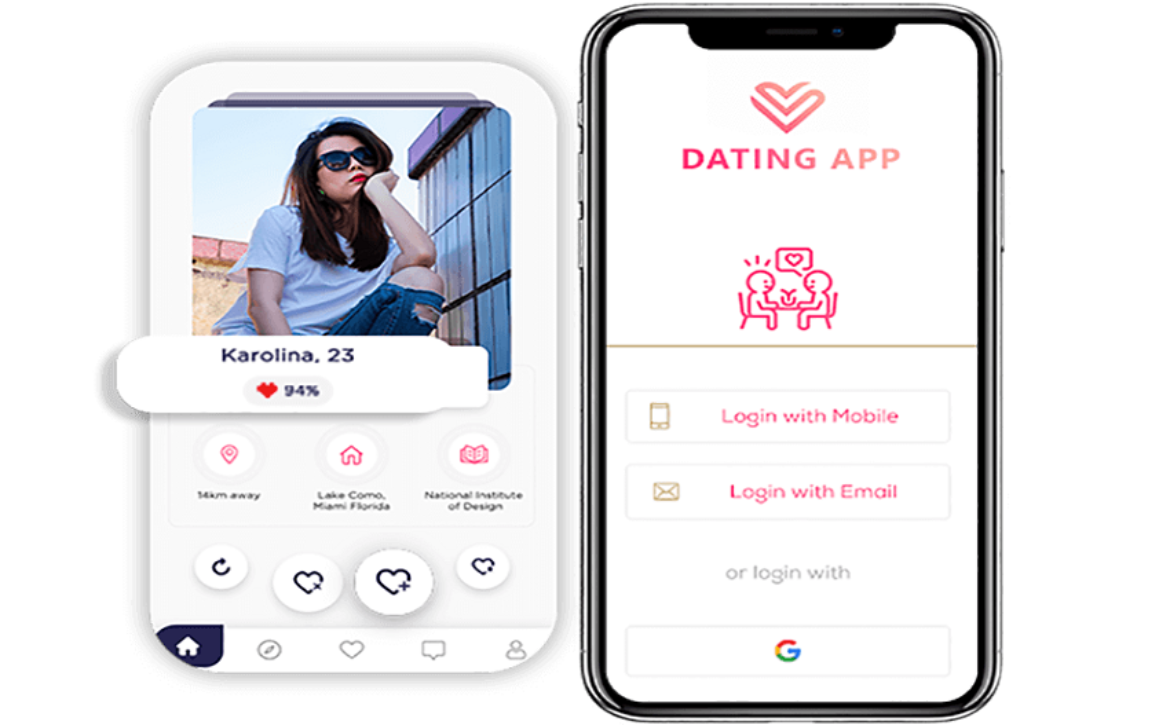Top 7 Best Software Development Services Companies in 2022
Software development services companies assist many businesses to grow through mobile and web applications. These companies make all sizes of apps from small businesses to large enterprises. They provide users with all kinds of software according to their needs and requirements. This software includes custom software or package software.
Moreover, software development services companies help enterprises in staying ahead of the competition by providing them with fresh and innovative software solutions. They help businesses solve problems that otherwise seem daunting to deal with. However, it all depends on what company a business is choosing to solve their software related problems. Since, one wrong decision can make or break a business’s reputation forever.
I have seen many companies over the internet that provide the best software development services. But in this article, I have chosen the most important ones. So, let’s begin with the first one.
Best Software Development Services Companies
1. ScienceSoft
In 1989, this company was established in Texas. It was started as an Artificial Intelligence-based company. In 2002, it became one of the top software consulting companies in the world. It has more than 700 employees and about 60 clients from different countries. It has a variety of developers from all over the world. ScienceSoft provides its clients with the following services:
- Healthcare
- Finance
- Retail
- Telecommunication
- Education
- Transportation
- Logistics Industries
- Banking
ScienceSoft assists giant and mid-size companies to develop their software projects. It is also known as the best company in AI, ML, Internet of Things (IoT), computer vision, Augmented Reality, and Virtual Reality.
It has made some great projects such as Viber and messaging apps such as VoIP. This app has over 900 million users in the world. They provide different pricing models such as fixed price, subscription model, and Time and Material Model.
2. Intellectsoft
The company was founded in 2007 and specializes in custom software engineering. It has more than 350 employees and different offices in the world. The company provides the following services:
- UI/UX designing
- DevOps
- Mobile application development
- Dedicated Teams
- Consulting Services
It comes on the number 2 because it has a wide range of developers having expertise in their domain and exceptional experiences. It has some special clients from its exceptional quality of service:
- Universal Studios
- Guinness
- Eurostar
- Harley Davidson
- Land Rover
The company has made long-term partnerships with its clients. It covers the full lifecycle of applications such as design, integration, development, and management. It has a roadmap that offers top-level engineers of the company.
Intellectsoft also offers Quality Assurance (QA) services that have tested hundreds of high-quality ERP systems.
3. Oxagile
It is founded in 2005 and is based on the following domains:
- Artificial intelligence (AI)
- Business Intelligence
- Custom Software development
- Web development
- Consulting Services
It has over 540 clients in more than 30 countries. It has been working for the media and entertainment, healthcare, finance, e-learning, and banking sectors. Usually, it controls big data management more than business requirements. That’s why it comes on number 3 in this list.
Oxagile uses agile methodology to fulfill its clients’ needs and requirements. It also uses engagement models to complete the user needs. It follows a clear roadmap that controls all the project budgets and handles all the fixed bids. Another efficient model is the time and material model that is used by Oxagile. The companies just pay for the resources used in the project.
4. DockYard
DockYard is a digital product organization founded in 2010. It offers:
- Custom software development
- Mobile app development
- Web application development
It is a purely remote company that hires employees from all over the world in the USA and gathers an ocean of expertise. It comes fourth because it is a remote organization and a bit young rather than other tech industries. Its specialties are:
- Design
- Engineering
- Quality Assurance
- Project Management
- Training and Support
It serves many industries such as
- Information technology
- Finance
- Retail
- Healthcare
- Manufacturing
- Entertainment
Its best client comprises Netflix, Apple, Fidelity, Constant, and Harvard University.
5. OpenXcell
OpenXcell is an open-source company that purely focuses on Drupal and WordPress. It has over 400 employees and 500 potential clients. It has a 4.8 rating and 21 reviews on Clutch.co. It falls in the 5th number because it has transparent prices.
It has a specialty in the following domains:
- Mobile app development
- UI/UX designing
- Full stack development
- Quality Assurance
- Maintenance and Support
The DevOps team also assists in a team collaboration that results in fast delivery of the product in a limited time and budget. It has clear pricing on its website and also offers 45 minutes of free consulting services to its employees. It also signs a Non-Disclosure Agreement (NDA) with its potential clients.
6. SumatoSoft
SumatoSoft is based on custom software and offers deliverable projects to SMB’s. It was founded in 2012. The company has its specialty in:
- Internet of Things (IoT)
- Web development
- Mobile app development
- Marketing
- Education
- Information Technology
- eCommerce
- Logistics
It is a relatively small company having 50 members in 27 countries. But it has completed all its projects with 98% client satisfaction. It has not listed its pricing on its website. The company offers free consultation and signs NDA for the projects.
7. InvoZone
InvoZone provides web design and development services to various businesses and enterprises. It was founded in 2014. It provides services in the following niche:
- Web Design and Development
- Mobile App Development Services
- Enterprise App Development
- Software Quality Assurance
- Dev Ops
- Data Scraping
- Big Data
- IoT Development
- Software Project Management
- Technical Support Services
- UI/UX Design
This company offers its services in various industries including:
- E-commerce
- Food and Grocery
- Education
- On Demand Services
- Healthcare
- Fintech
- Travel and Tourism
This company has managed to successfully complete more than 400 projects up until now. Their customer satisfaction rate is a solid 97 percent. Their team comprises more than 500 developers and engineers.
InvoZone sets itself apart from other companies due to various reasons. Some of those characteristics include:
- Cybersecurity
- Expert Development Team
- Seamless Communication
- Standardized and Collaborative Workflow
- 100% Project Success Rate
- Customized Solutions
- Client Centric Approaches
- Cost and Time Efficient Solutions
- Strategic Partners
It uses quality tools to ensure providing quality solutions to its clients. For instance:
- Amazon AWS
- Elixir
- Erlang
- Phoenix-Framework
- NodeJS
- React
- Redux
- Angular
- VueJS
- ExpressJS
- Meteor
- Python
- Django
- PHP
- Laravel
Conclusion
There are hundreds of giant tech industries in the world but why are some of them the most prominent? All you have to do is just look at the client satisfaction rate. Client satisfaction is the most prominent factor in the business. If you are delivering 100% quality products within a limited time, you will be one of the top companies in the world in no time. In this blog, ScienceSoft is one of the best software development services companies because it satisfies its clients. Its reviews on Clutch.co are very amazing from the client.



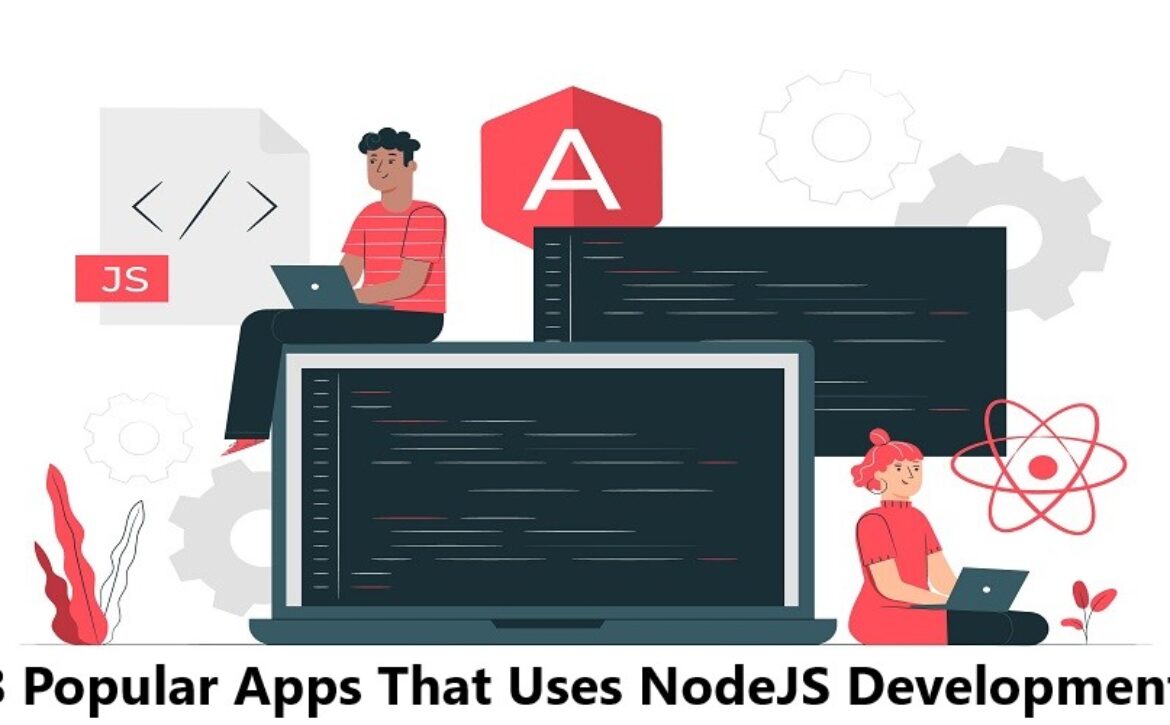
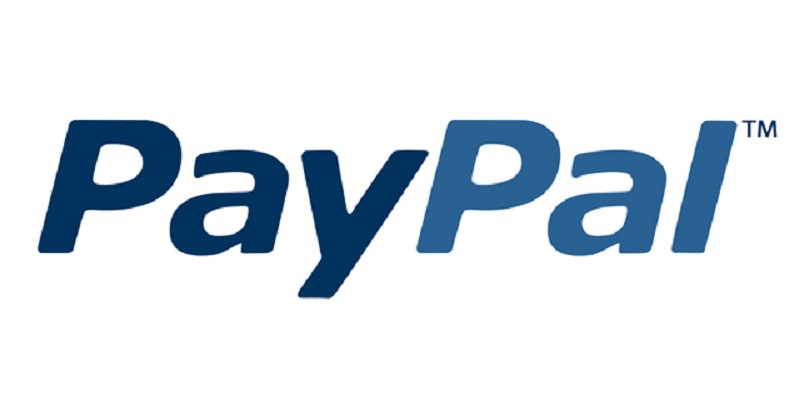 PayPal is the largest and one of the most popular online payment services that was co-founded by Elon Musk. It has more than 200 million users and 100+ currencies. In 2013, the owners of this application decided to migrate their application from Java to JavaScript and NodeJS. Why? Because its engineering teams were segmented into two groups – one with engineers who coded for the browser (using CSS, HTML, JavaScript) and another where engineers coded for the server (using Java language). This was a big problem for the company.
PayPal is the largest and one of the most popular online payment services that was co-founded by Elon Musk. It has more than 200 million users and 100+ currencies. In 2013, the owners of this application decided to migrate their application from Java to JavaScript and NodeJS. Why? Because its engineering teams were segmented into two groups – one with engineers who coded for the browser (using CSS, HTML, JavaScript) and another where engineers coded for the server (using Java language). This was a big problem for the company.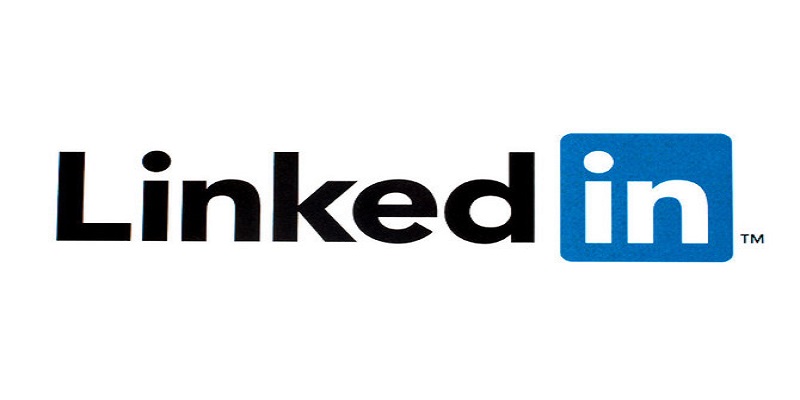 LinkedIn is the biggest social networking platform for business and employment. It has over 450+ million members in over 200 territories and countries. This application too relies on NodeJS. In 2011 LinkedIn moved their mobile-app backend from Ruby on Rails to NodeJS.
LinkedIn is the biggest social networking platform for business and employment. It has over 450+ million members in over 200 territories and countries. This application too relies on NodeJS. In 2011 LinkedIn moved their mobile-app backend from Ruby on Rails to NodeJS. Netflix is the world’s biggest global provider of video streaming, including television series and movies available in over 190 countries. It has reached more than 221.8 million subscribers in 2021. The application needs to handle all the user’s requests which leads to approximately 1 billion hours for video data streaming. The Netflix team decided to choose NodeJS over Java to enhance the whole user interface.
Netflix is the world’s biggest global provider of video streaming, including television series and movies available in over 190 countries. It has reached more than 221.8 million subscribers in 2021. The application needs to handle all the user’s requests which leads to approximately 1 billion hours for video data streaming. The Netflix team decided to choose NodeJS over Java to enhance the whole user interface.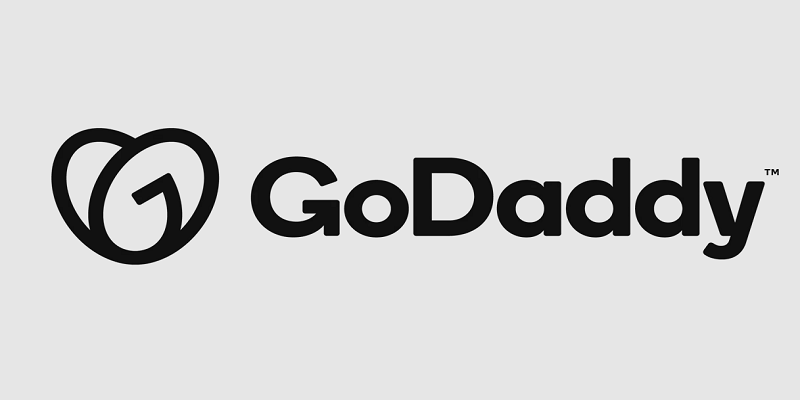 GoDaddy, founded in 1997, is a popular domain registrar and web hosting company. The company manages more than 62M domains. Initially, C# and SQL server was useful to write the website. Whereas as of now, it is migrated to entirely an open-source NodeJS based infrastructure. It helps in developing an app quickly and easily. It makes deploying new features easy and fast. It makes writing unit and integration tests easy to perform. The application can handle the same load while using only 10% of the hardware.
GoDaddy, founded in 1997, is a popular domain registrar and web hosting company. The company manages more than 62M domains. Initially, C# and SQL server was useful to write the website. Whereas as of now, it is migrated to entirely an open-source NodeJS based infrastructure. It helps in developing an app quickly and easily. It makes deploying new features easy and fast. It makes writing unit and integration tests easy to perform. The application can handle the same load while using only 10% of the hardware.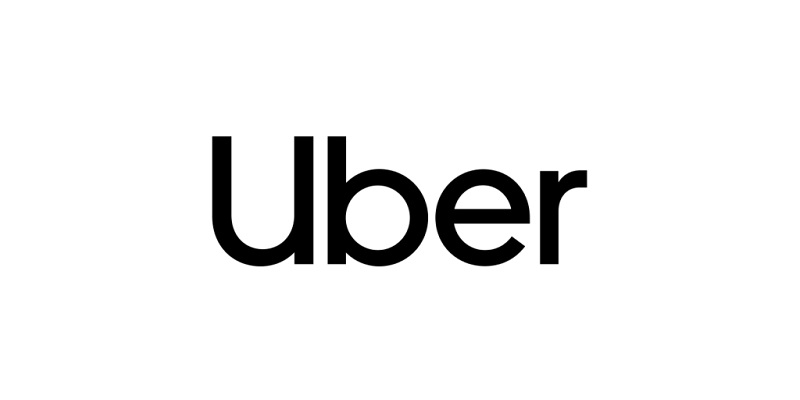 Uber is an ever-growing online application that connects various cab rides to the app customers that need transportation services. It operates in more than 60 countries. It was having trouble processing data because of its increasing number of customers. It requires a scalable and fast cross-platform solution that can handle the huge amounts of requests and notifications. NodeJS also has a feature that it handles many asynchronous I/O requests. This technology makes the data process quick and reliable. NodeJS provides quick error analysis too.
Uber is an ever-growing online application that connects various cab rides to the app customers that need transportation services. It operates in more than 60 countries. It was having trouble processing data because of its increasing number of customers. It requires a scalable and fast cross-platform solution that can handle the huge amounts of requests and notifications. NodeJS also has a feature that it handles many asynchronous I/O requests. This technology makes the data process quick and reliable. NodeJS provides quick error analysis too. It may be surprising to see this name here, but NodeJS has helped NASA keep their astronauts safe. Yes, it has been playing a crucial role. Traveling to space is not at all as easy as floating in the zero gravitational zones, the system is expected to be extra secure for the people inside the space shuttle.
It may be surprising to see this name here, but NodeJS has helped NASA keep their astronauts safe. Yes, it has been playing a crucial role. Traveling to space is not at all as easy as floating in the zero gravitational zones, the system is expected to be extra secure for the people inside the space shuttle.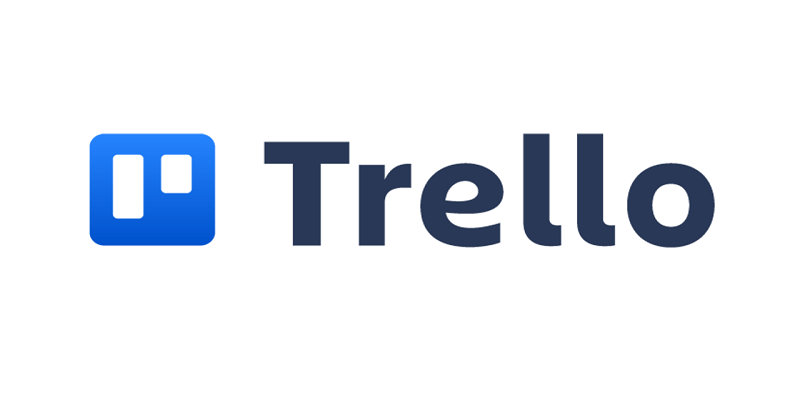 Trello is the famous Kanban-style project management tool. The Trello team was looking for a lightweight server that decreases the loading speed. Trello uses Coffeescript language that compiles Javascript which is why developers prioritized JavaScript nativity in the further development.
Trello is the famous Kanban-style project management tool. The Trello team was looking for a lightweight server that decreases the loading speed. Trello uses Coffeescript language that compiles Javascript which is why developers prioritized JavaScript nativity in the further development. Twitter has a massive user base of 186 million. Its team was looking to improve the app performance especially for the mobile website – mobile.twitter.com. This website is among the largest sources of traffic gathered on Twitter. With Node.js developers developed Twitter Lite. It offers fast loading speed, better availability, and saves mobile data & storage. The speed of it has also increased.
Twitter has a massive user base of 186 million. Its team was looking to improve the app performance especially for the mobile website – mobile.twitter.com. This website is among the largest sources of traffic gathered on Twitter. With Node.js developers developed Twitter Lite. It offers fast loading speed, better availability, and saves mobile data & storage. The speed of it has also increased.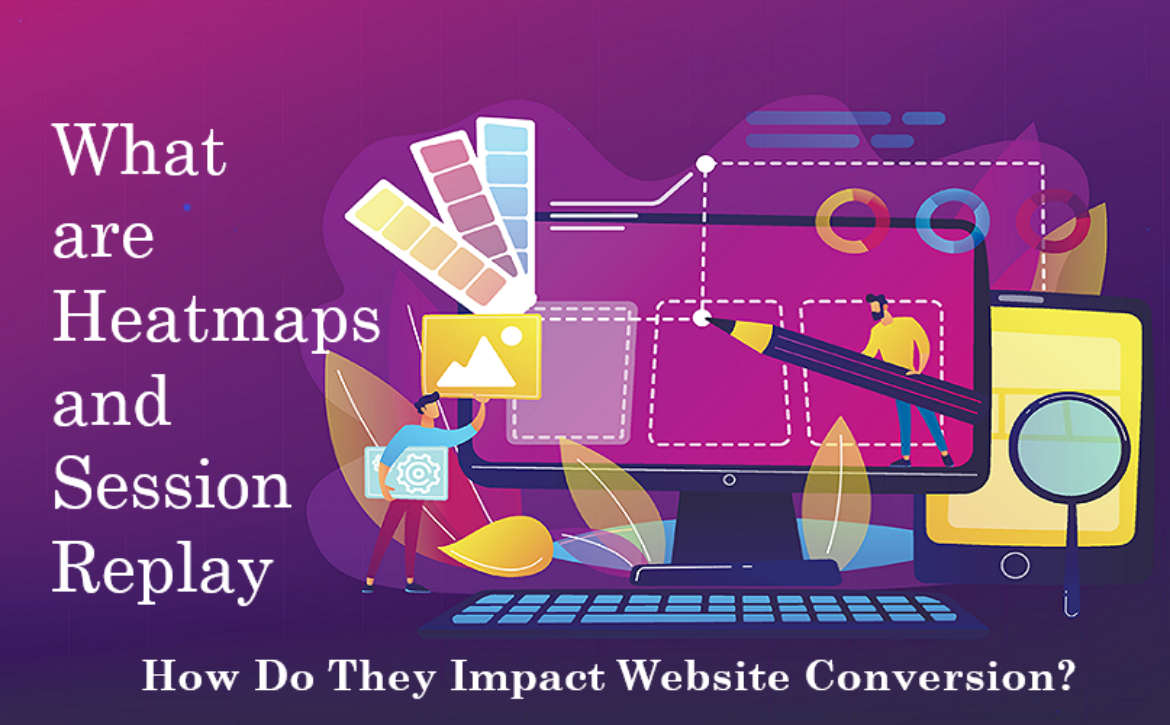

 How does heatmap analysis improve your website conversions?
How does heatmap analysis improve your website conversions? Why are session replays useful and why do you need them?
Why are session replays useful and why do you need them?
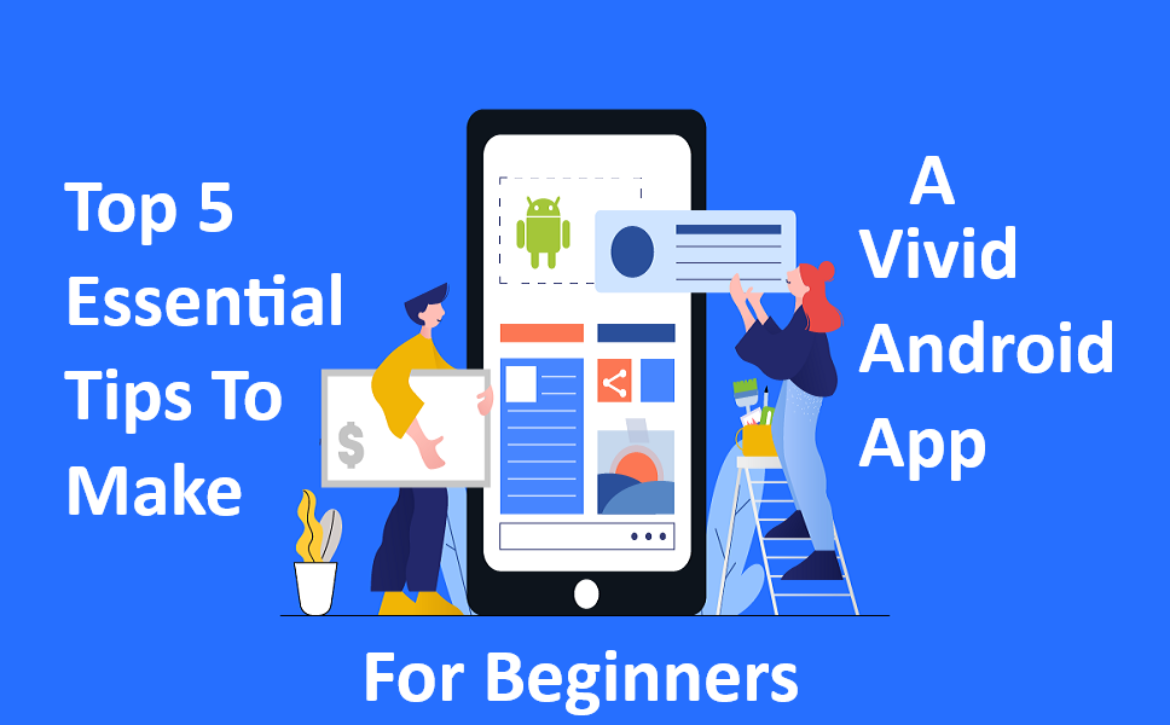
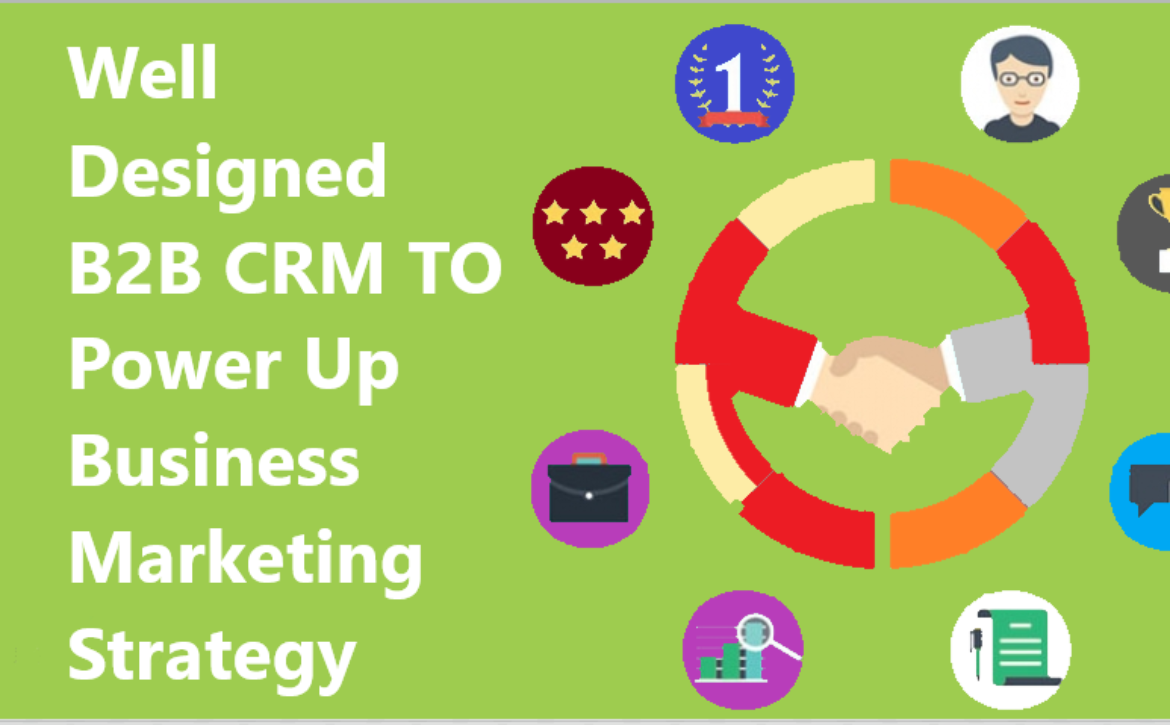
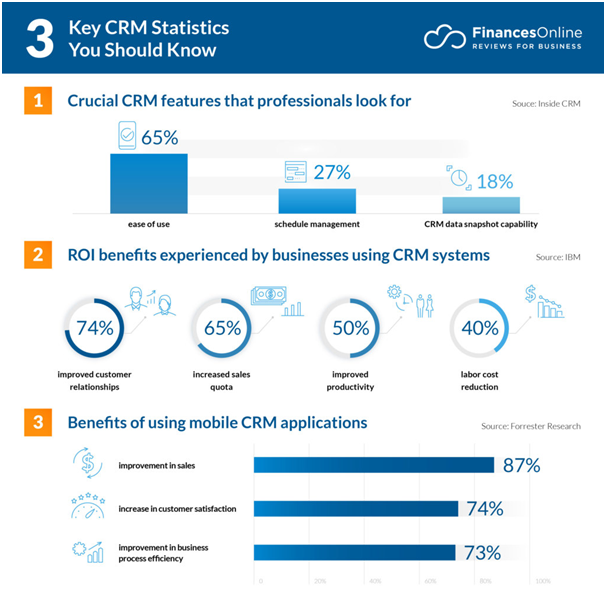 CRM not only helps to tailor experiences for potential consumers across many touchpoints, but it also aids in a variety of other activities such as using data from various sources to bridge the gap between marketing and sales teams.
CRM not only helps to tailor experiences for potential consumers across many touchpoints, but it also aids in a variety of other activities such as using data from various sources to bridge the gap between marketing and sales teams.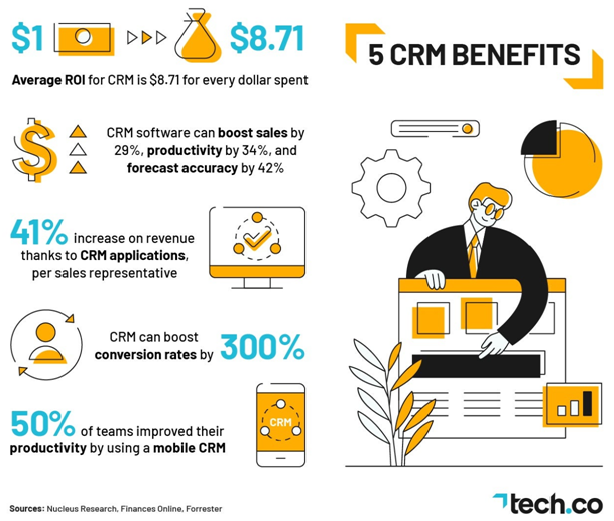




 Figure 1: Brave firefighter saves boy from blazing fire caused by an unattended gas heater at a residence in WA.
Figure 1: Brave firefighter saves boy from blazing fire caused by an unattended gas heater at a residence in WA.
